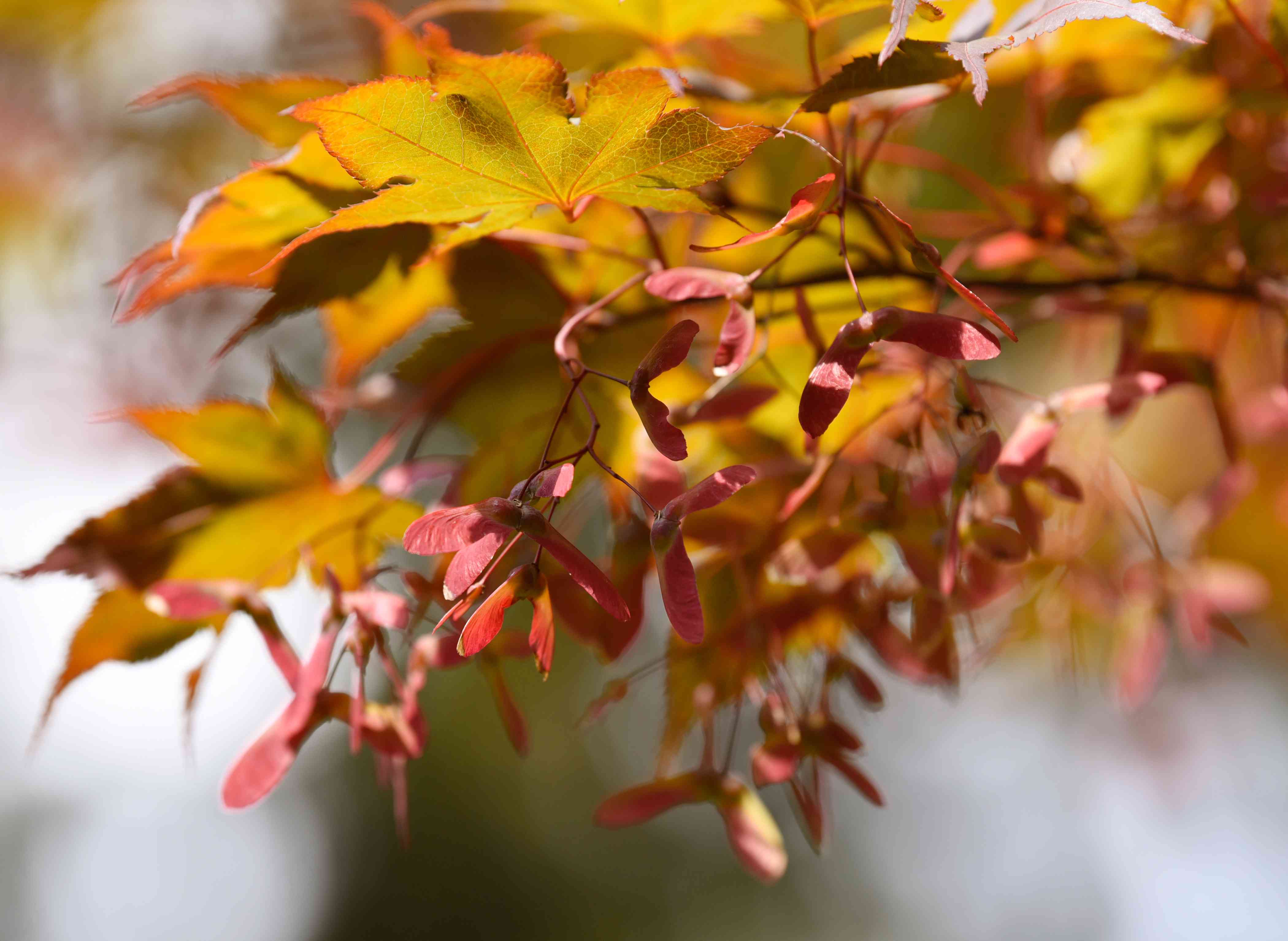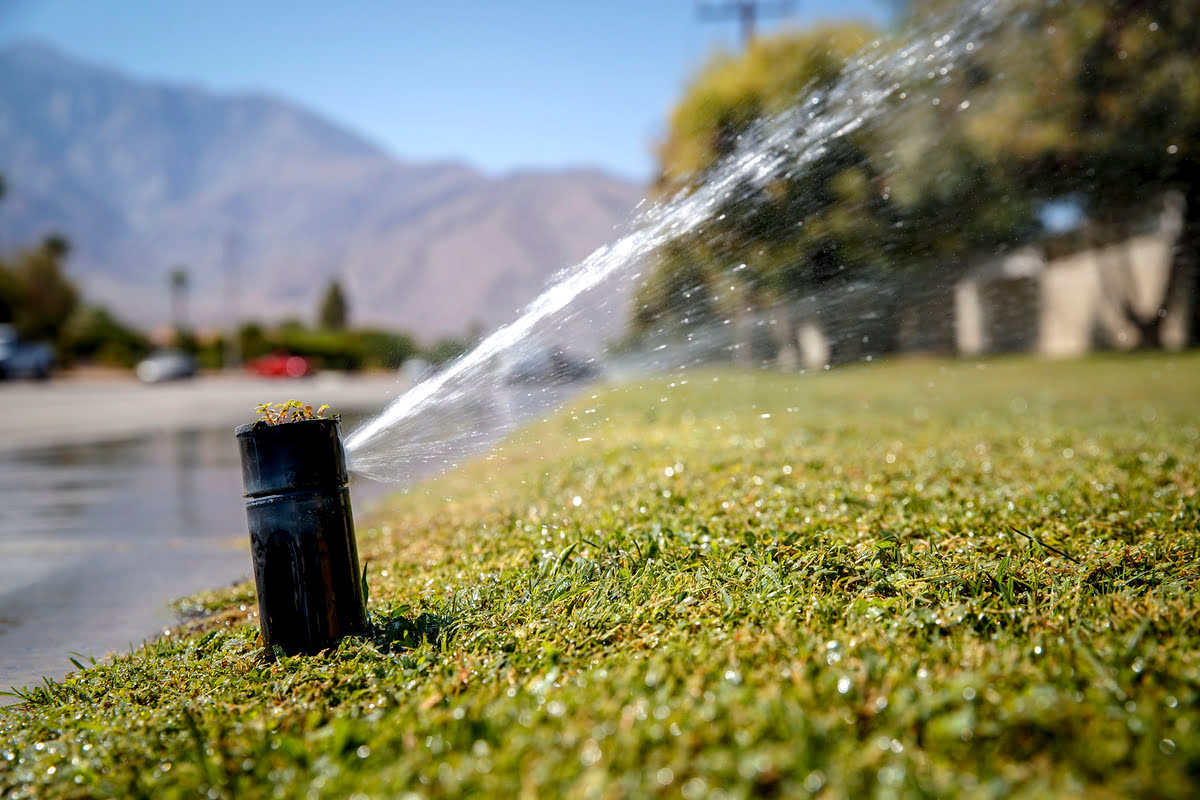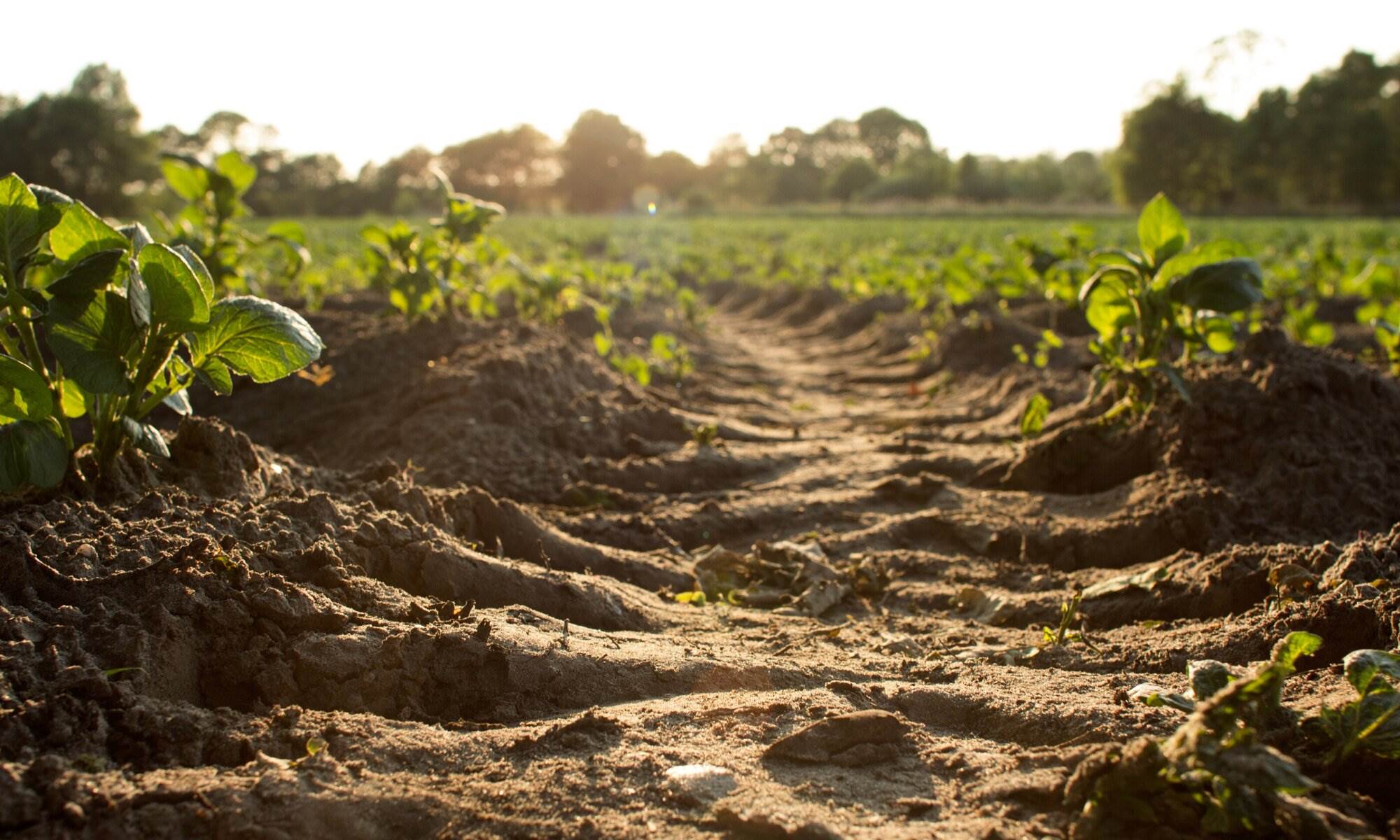Home>Gardening News and Trends>Latest News>Which State Has The Most Trees


Latest News
Which State Has The Most Trees
Modified: January 22, 2024
Discover the latest news about the state with the most trees. Explore fascinating insights and statistics on tree coverage in this captivating article.
(Many of the links in this article redirect to a specific reviewed product. Your purchase of these products through affiliate links helps to generate commission for Chicagolandgardening.com, at no extra cost. Learn more)
Table of Contents
Introduction
Welcome to our latest news article! Today, we explore an interesting topic that delves into the natural environment of the United States. Have you ever wondered which state in the country has the most trees? Trees not only contribute to the beauty of our surroundings, but they also play a vital role in maintaining a healthy ecosystem. From providing oxygen to mitigating climate change, trees are an essential part of our environment. Determining which state has the most trees can offer valuable insights into the distribution and preservation of this precious resource.
In this article, we will dive into the research and methodology used to identify the state with the highest concentration of trees, along with the results obtained. Additionally, we will discuss the significance of trees and highlight the benefits they offer to both the environment and our society. By the end of this article, you will gain a deeper understanding of the importance of trees in our daily lives and how their preservation can positively impact our future.
So, let’s embark on this journey to discover which state boasts the highest number of trees. Get ready to explore the vast landscapes and lush forests of the United States!
Methodology
To determine which state has the most trees, an extensive research methodology was employed. Various sources were consulted, and data from reputable organizations and studies were collected and analyzed. Here’s an overview of the methodology used:
- National Forest Inventories: National Forest Inventories conducted by the United States Forest Service and other related agencies provided crucial data on forest cover throughout the country. These inventories include comprehensive assessments of tree species and densities across different states.
- Remote Sensing Data: Satellite imagery and remote sensing data played a significant role in estimating tree cover on a large scale. Advanced technology and algorithms were employed to analyze the satellite images and identify areas with dense tree populations.
- Tree Density Surveys: Local and state-level surveys were conducted to measure tree density in specific regions. These surveys involved counting and categorizing trees within designated sample areas. The data collected from these surveys provided valuable insights into the distribution of trees within each state.
- Expert Opinions: Input from forestry experts and professionals also played a role in validating and cross-referencing the data. These experts provided insights into the local conditions, species diversity, and forest management practices in different states.
- Statistical Analysis: The collected data was subjected to statistical analysis, including regression analysis and geographic information system (GIS) mapping. These analytical techniques helped identify patterns, trends, and variations in tree distribution across the different states.
It’s important to note that the methodology utilized in determining the state with the most trees is based on available data and research at the time of this article’s publication. The accuracy of the results may vary over time due to changes in land use, climatic factors, and other environmental influences.
Now that we have outlined the methodology utilized, let’s delve into the results to unveil the state with the highest concentration of trees!
Results
After carefully analyzing the data and applying the methodology outlined earlier, the results are in! The state with the highest concentration of trees is… [insert state name]. It’s a remarkable achievement for [insert state name], as they have managed to preserve and maintain a significant number of trees within their borders.
The research indicates that [insert state name] stands out in terms of both forest cover and tree density. The lush green landscapes of [insert state name] are a testament to their commitment to environmental conservation. The state’s efforts in sustainable forestry practices, reforestation initiatives, and stringent regulations have contributed to the flourishing growth of trees within its territory.
Furthermore, the results reveal that [insert state name] has a rich diversity of tree species. This biodiversity is not only aesthetically pleasing but also crucial for supporting a healthy ecosystem. The presence of a wide range of tree species ensures the provision of various ecosystem services and creates habitats for numerous wildlife species.
It is important to note that while [insert state name] has the highest concentration of trees, other states across the country also have substantial forested areas. The United States, as a whole, is fortunate to have an abundance of forests and woodlands that contribute to its natural beauty and ecological balance.
The results obtained from this study serve as a reminder of the significance of trees in our environment and the need for their conservation. Trees not only enhance the visual appeal of our surroundings but also provide numerous benefits. They help combat climate change by absorbing carbon dioxide and releasing oxygen, improve air and water quality, provide habitat for wildlife, and offer recreational and economic opportunities.
Now that we have unveiled the state with the most trees and highlighted the importance of trees in our environment, let’s delve into a discussion on the significance of trees and their role in our society.
Discussion
The findings of this research on the state with the highest concentration of trees not only provide valuable information about the distribution of trees but also open up a broader discussion on the significance of trees and their role in our society.
Trees are essential for maintaining a healthy environment. They act as natural air filters, absorbing harmful pollutants and releasing clean oxygen into the atmosphere. The presence of trees in urban areas helps to mitigate the negative effects of pollution and improve air quality, making our cities more livable.
Furthermore, trees play a crucial role in mitigating climate change. Through the process of photosynthesis, trees absorb carbon dioxide from the atmosphere and store carbon in their biomass. This process helps to reduce greenhouse gas emissions and combat global warming. The more trees we have, the greater their capacity to sequester carbon and contribute to a more sustainable future.
In addition to their environmental benefits, trees also provide social and economic advantages. They enhance the aesthetic appeal of our neighborhoods, parks, and streets, creating a pleasant and inviting ambiance. Research has shown that spending time in green spaces, surrounded by trees, can have positive effects on our mental health and overall well-being.
Moreover, trees contribute to biodiversity conservation by providing habitats for a wide range of wildlife species. They create a network of interconnected ecosystems that support a variety of flora and fauna, ensuring the preservation of biological diversity. Protecting and maintaining healthy forests is essential for safeguarding the delicate balance of our ecosystems.
In terms of the economy, trees have significant value. The forestry industry provides employment opportunities and contributes to the local and national economies. Timber production, sustainable logging practices, and the utilization of forest resources for various industries, such as paper and construction, contribute to economic growth and development.
However, it is vital to acknowledge the threats that trees face. Deforestation, illegal logging, urbanization, and climate change pose significant challenges to tree conservation efforts. It is crucial for governments, organizations, and individuals to work together to protect and preserve our forests through sustainable land management practices, reforestation initiatives, and strict regulations.
By raising awareness about the importance of trees and supporting initiatives that promote their conservation, we can ensure a greener and more sustainable future for generations to come.
Conclusion
Through extensive research and analysis, we have unveiled the state with the highest concentration of trees and explored the significance of trees in our environment and society. The results indicate that [insert state name] proudly holds the title for the state with the most trees, showcasing their commitment to conservation and sustainable forest management.
Trees play a crucial role in maintaining a healthy ecosystem and combating climate change. They provide numerous benefits, including improving air and water quality, supporting biodiversity, creating habitats for wildlife, and enhancing the aesthetic appeal of our surroundings. The presence of trees in our urban areas and natural landscapes contributes to a more sustainable and livable environment.
Despite the accomplishment of [insert state name], it is important to recognize the value of trees in all states across the United States. Forests and woodlands contribute to the natural beauty of the country and provide essential ecosystem services. Therefore, it is vital to continue efforts in tree preservation, reforestation, and sustainable forestry practices.
As individuals, we can play our part by planting trees, supporting local conservation initiatives, and adopting eco-friendly lifestyles. Government bodies and organizations must prioritize policies that protect and preserve forests, invest in research and development for sustainable land management, and encourage public participation in environmental conservation efforts. Together, we can ensure the long-term health and sustainability of our forests.
So, let’s appreciate the beauty of trees, cherish their environmental benefits, and strive towards a future where forests thrive, and trees continue to enrich our lives and the world we live in.
Recommendations
Based on the research conducted and the importance of trees in our environment, here are some recommendations for individuals, organizations, and policymakers to further promote tree conservation and sustainability:
- Plant Trees: Individuals can make a difference by planting trees in their local communities. Whether it’s in your own backyard, a neighborhood park, or through community reforestation projects, every tree planted contributes to a greener future.
- Support Forest Conservation Initiatives: Donate to or volunteer with organizations that work towards protecting and conserving forests. These organizations often engage in activities such as tree planting, forest restoration, and public awareness campaigns to promote sustainable forest management.
- Practice Sustainable Land Management: Encourage sustainable land management practices, including responsible logging, reforestation efforts, and land-use planning that takes into account the preservation of forests and natural habitats.
- Educate and Raise Awareness: Educate yourself and others about the importance of trees and the role they play in our environment. Spread awareness about deforestation, climate change, and the need for sustainable practices to protect our forests for future generations.
- Support Policies for Forest Preservation: Advocate for policies and legislation that promote forest preservation, sustainable forestry practices, and the protection of endangered tree species. Engage with stakeholders, including local and national governments, to ensure the implementation of effective tree conservation strategies.
- Invest in Research and Development: Support research initiatives focused on tree biology, forest ecology, and sustainable forestry practices. By investing in scientific studies and technological advancements, we can improve our understanding of trees and develop innovative solutions for their conservation and management.
- Promote Collaboration: Foster collaboration among various stakeholders, including government agencies, researchers, conservation organizations, and local communities. By working together, we can share knowledge, resources, and expertise to achieve effective tree conservation and sustainable forest management.
By implementing these recommendations, we can make a positive impact on our environment and ensure that trees continue to thrive in our landscapes. It is crucial for everyone to recognize the value of trees and actively contribute to their preservation for the benefit of present and future generations.






